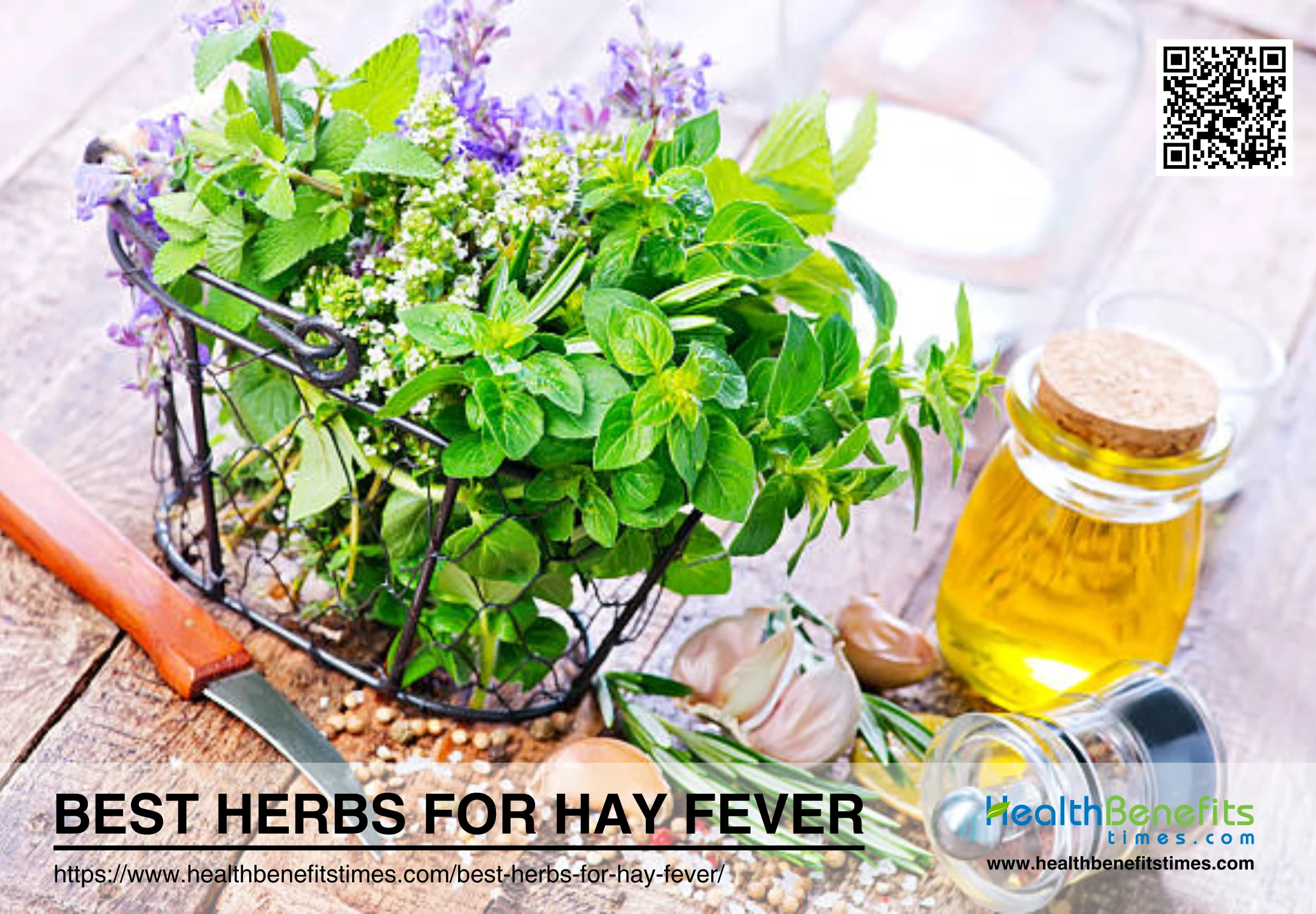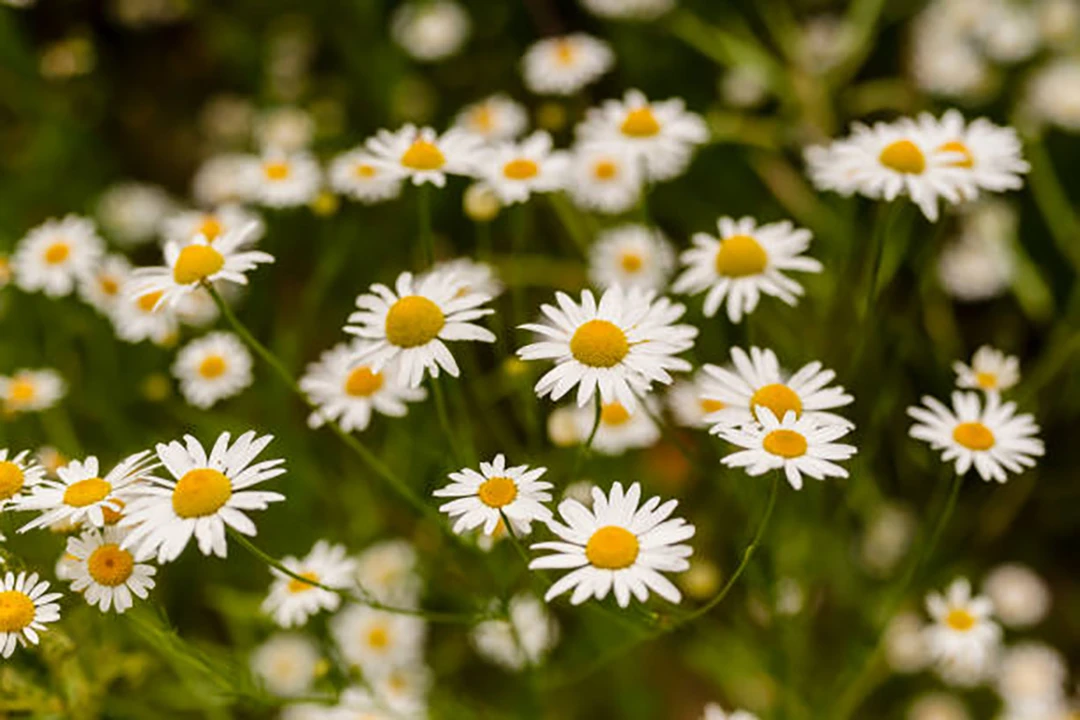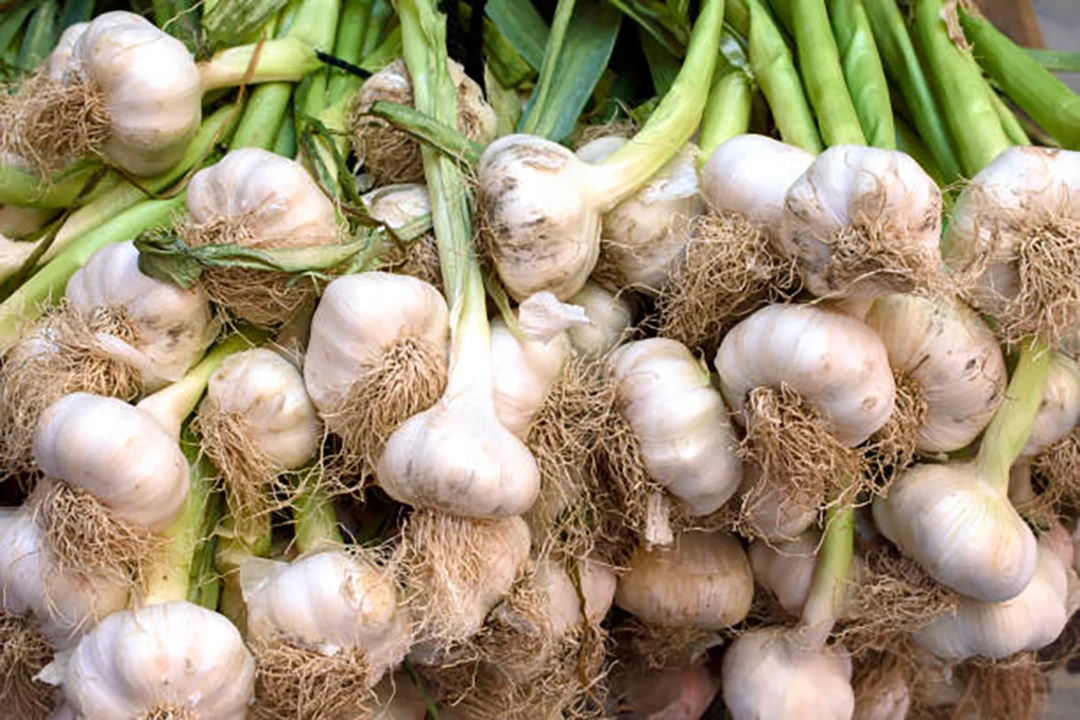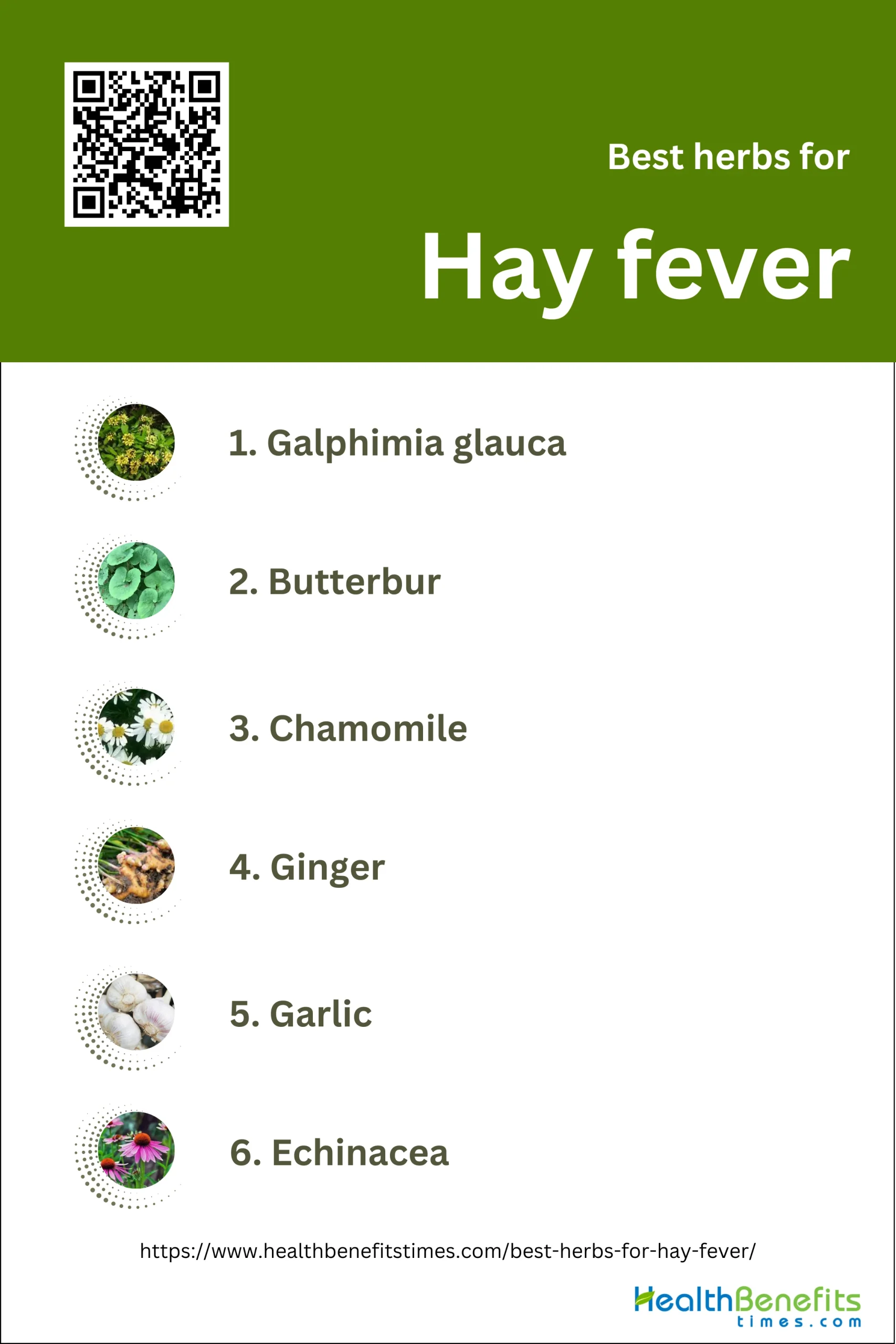 Hay fever, also known as hay asthma, pollen catarrh, summer catarrh, or rose catarrh, is a condition characterized by intense suffering due to inflammation of the mucous membranes of the nose, eyes, and air passages, typically caused by pollen from grasses and flowers. It manifests as paroxysmal rhinorrhoea and is a hypersensitivity reaction to pollen, leading to symptoms such as congestion of the conjunctiva, nasal, and bronchial mucous membranes, particularly during the pollinating season of early summer. This condition, which can be seasonal or perennial, is a type of allergy that is often inherited and is triggered by contact with specific foreign substances through the respiratory tract.
Hay fever, also known as hay asthma, pollen catarrh, summer catarrh, or rose catarrh, is a condition characterized by intense suffering due to inflammation of the mucous membranes of the nose, eyes, and air passages, typically caused by pollen from grasses and flowers. It manifests as paroxysmal rhinorrhoea and is a hypersensitivity reaction to pollen, leading to symptoms such as congestion of the conjunctiva, nasal, and bronchial mucous membranes, particularly during the pollinating season of early summer. This condition, which can be seasonal or perennial, is a type of allergy that is often inherited and is triggered by contact with specific foreign substances through the respiratory tract.
Types of Hay Fever
Most people associate hay fever with seasonal symptoms like sneezing and itchy eyes, there are actually different types of hay fever, each with its own triggers and patterns. Understanding these types can help in managing the condition more effectively. Here’s a breakdown of the main types of hay fever and what sets them apart:
- Seasonal Hay Fever
- Perennial Hay Fever
- Allergic Rhinitis
- Vasomotor Rhinitis
- Hyperesthetic Rhinitis
- Nasal Hydrorrhea
- Atopic Coryza
- Asthma with Hay Fever
Common Causes of Hay Fever
The causes of hay fever are varied and can depend on several factors, including the time of year and your environment. Identifying these common triggers is key to managing and preventing hay fever flare-ups. Let’s take a closer look at the most frequent causes that can lead to those frustrating sneezes, itchy eyes, and runny noses.
- Tree pollen
- Grass pollen
- Weed pollen (especially ragweed)
- Dust mites
- Pet dander
- Mold spores
- Cockroach droppings
- Air pollutants
- Fungal spores
Best herbs for Hay fever
Using herbs to care for hay fever instead of conventional medication offers several advantages. Herbal treatments, such as those derived from Galphimia glauca, have been traditionally used in Mexican medicine and have shown specific antiallergic properties, making them effective in managing hay fever symptoms without the side effects often associated with conventional antihistamines. Additionally, many herbs possess anti-inflammatory and antipathogenic properties, which can help reduce the release of cytokines and other mediators of inflammation, thereby alleviating symptoms naturally. Unlike conventional medications, which may cause unwanted side effects, herbal remedies can provide a more holistic approach to treatment, addressing the root causes of symptoms and restoring balance within the body. This makes herbal treatments a compelling alternative for those seeking a natural and side-effect-free option for managing hay fever.
1. Galphimia glauca
Galphimia glauca has shown promise as a natural remedy for hay fever symptoms. This homeopathic treatment, derived from a small evergreen shrub native to Mexico and Central America, may help alleviate common allergic rhinitis symptoms such as sneezing, itchy or runny nose, and watery eyes. Some studies suggest that Galphimia glauca works by blocking reactions in the body that cause allergy symptoms and may have mild sedative effects.
What Research Says?
- As demonstrated by research from Focus on Alternative and Complementary Therapies, Three randomized controlled trials (RCTs) indicated that homeopathic preparations of Galphimia glauca were more effective than placebo in treating hay fever symptoms.
- Research initiated by article suggests a placebo-controlled and blinded homeopathic pathogenetic trial identified specific proving symptoms for Galphimia glauca, supporting its use in traditional Mexican medicine and suggesting potential therapeutic applications.
How to Use
Galphimia glauca is commonly used as a homeopathic remedy for hay fever symptoms. To use it, dissolve 5 pellets of Galphimia glauca 30C under the tongue three times daily at the onset of symptoms or as directed by a healthcare professional. The pellets should be allowed to dissolve completely without chewing. This treatment is typically continued until symptoms improve. Galphimia glauca is believed to help relieve itchy or runny nose, sneezing, and watery eyes associated with hay fever. As with any homeopathic treatment, it’s best to consult a qualified practitioner for personalized advice.
Potential side effects of Galphimia glauca
Galphimia glauca may cause some mild side effects when taken orally, including tiredness, nausea, stomach complaints, and headache. These effects are generally considered minor and short-term. However, as with any herbal supplement, individual reactions may vary. It’s important to monitor for any unusual or severe symptoms and discontinue use if they occur.
Who should avoid Galphimia glauca
Pregnant and breastfeeding women should avoid using Galphimia glauca due to insufficient safety information. Individuals with known allergies to plants in the Malpighiaceae family should also exercise caution. Those with pre-existing medical conditions, especially related to the central nervous system, should consult a healthcare professional before use. Children and elderly individuals may be more sensitive to its effects.
Interaction with medications
Galphimia glauca may interact with sedative medications (CNS depressants), potentially causing excessive drowsiness and slowed breathing. It’s crucial to avoid combining Galphimia glauca with sedatives, including barbiturates, benzodiazepines, and sleep aids. Additionally, it may interact with other herbs or supplements that have sedative properties, such as valerian or melatonin. Always consult a healthcare provider before combining Galphimia glauca with any medications.
2. Butterbur
Butterbur has shown promising results as a natural treatment for hay fever (allergic rhinitis). Studies have demonstrated that butterbur extract, particularly a specific leaf extract called Ze 339, can effectively reduce nasal discomfort and other symptoms associated with hay fever. Some research suggests that butterbur may be as effective as conventional antihistamines like cetirizine (Zyrtec) or fexofenadine (Allegra) in alleviating hay fever symptoms, without causing the drowsiness often associated with these medications. The plant’s active compounds, petasin and isopetasin, are believed to help reduce inflammation and spasms, which contribute to its effectiveness in treating allergic reactions.
What Research Says?
- According to investigations conducted by BMJ, Butterbur was found to be as effective as cetirizine in improving symptoms of seasonal allergic rhinitis, as measured by the SF-36 questionnaire and clinical global impression scale.
- Research efforts by BMJ show that some critiques argue that the primary outcome measures of the study were not directly related to the severity of hay fever symptoms but rather to overall well-being, which could be influenced by the sedative effects of cetirizine. This raises questions about the validity of the conclusions regarding the relative therapeutic potency of butterbur and cetirizine.
How to Use
To use butterbur for hay fever, look for a PA-free extract, such as Ze 339, which has been studied for allergic rhinitis. The typical dosage is 50-75 mg twice daily, taken with meals. Start treatment at the onset of allergy season or symptoms. It may take a few days to notice effects. Always consult a healthcare provider before use, especially if you have liver issues or are pregnant. Be aware that butterbur may cause mild side effects like burping or stomach discomfort. Discontinue use and seek medical attention if you experience any adverse reactions.
Potential side effects of Butterbur
Butterbur may cause mild side effects such as belching, headache, itchy eyes, diarrhea, upset stomach, drowsiness, and fatigue. More serious side effects, though rare, can include liver problems. It’s crucial to use only butterbur products certified as free from pyrrolizidine alkaloids (PAs), as PAs can cause liver damage, lung issues, and potentially cancer.
Who should avoid Butterbur
Pregnant and breastfeeding women should avoid butterbur due to insufficient safety data. Individuals with liver disease should not use it as it may worsen their condition. Those allergic to plants in the Asteraceae/Compositae family (e.g., ragweed, chrysanthemums, marigolds) should also avoid butterbur due to potential allergic reactions.
Interaction with medications
Butterbur may interact with drugs metabolized by the liver, potentially increasing side effects of these medications or butterbur itself. It may also interact with heart medications like calcium channel blockers and drugs with anticholinergic effects. Those taking any medications should consult a healthcare provider before using butterbur to avoid potential interactions.
3. Chamomile

Chamomile has shown promise as a natural remedy for hay fever symptoms. The herb contains compounds like flavonoids and essential oils that possess anti-inflammatory and antihistamine properties, which may help alleviate common allergic rhinitis symptoms such as sneezing, itchy eyes, and nasal congestion. Some studies suggest that chamomile tea or extracts can reduce inflammation in the nasal passages and potentially block the release of histamines, the chemicals responsible for allergy symptoms. Additionally, chamomile’s soothing properties may help relax the body and reduce stress, which can exacerbate allergy symptoms.
What Research Says?
- As research performed by Handbook of 200 Medicinal Plants and Frontiers in Pharmacology suggests Chamomile has been historically used to treat hay fever, among other conditions such as inflammation, muscle spasms, menstrual disorders, insomnia, ulcers, wounds, gastrointestinal disorders, rheumatic pain, and hemorrhoids
- Research completed by Research Journal of Pharmacology and Pharmacodynamics, indicates Chamomile’s anti-inflammatory and antiseptic properties are significant in its use for treating hay fever. These properties help reduce inflammation and soothe symptoms associated with hay fever.
How to Use
To use chamomile for hay fever, drink 1-2 cups of chamomile tea daily, starting a few weeks before allergy season. For immediate relief, steep 4 chamomile tea bags in a bowl of hot water, cover your head with a towel, and inhale the steam for 5-10 minutes to help clear nasal passages. You can also use cooled chamomile tea as an eye compress to soothe itchy, irritated eyes. For best results, choose German chamomile, which contains higher levels of azulene, a natural antihistamine compound. Always consult a healthcare professional before using chamomile, especially if you have allergies to plants in the Asteraceae family.
Potential side effects of Chamomile
Chamomile can cause mild side effects such as drowsiness, nausea, and vomiting when taken in large doses. Some people may experience allergic reactions, including skin irritation, itching, or more severe symptoms like difficulty breathing and anaphylaxis. Eye irritation may occur if chamomile is applied directly to the eyes. Long-term use of chamomile may increase the risk of bleeding in some individuals.
Who should avoid Chamomile
Pregnant and breastfeeding women should avoid chamomile due to potential risks. People with allergies to plants in the Asteraceae family (e.g., ragweed, daisies, chrysanthemums) should also avoid it. Individuals with asthma should be cautious, as chamomile may worsen symptoms. Those scheduled for surgery should stop using chamomile at least two weeks prior due to its mild blood-thinning effects.
Interaction with medications
Chamomile can interact with various medications, including blood thinners (e.g., warfarin, aspirin), increasing the risk of bleeding. It may enhance the effects of sedatives, anti-anxiety medications, and drugs that cause drowsiness. Chamomile can also interact with diabetes medications, potentially lowering blood sugar levels. Additionally, it may affect the metabolism of certain drugs processed by the liver, such as statins and birth control pills.
4. Ginger
Ginger has shown promising potential as a natural remedy for hay fever symptoms. This potent root contains compounds with anti-inflammatory and antihistamine properties that may help alleviate common allergic rhinitis symptoms such as sneezing, nasal congestion, and itchy eyes. Studies have demonstrated that ginger can reduce the severity of nasal rubbing and sneezing in animal models of allergic rhinitis, while also suppressing the infiltration of mast cells in nasal mucosa and decreasing the secretion of allergy-specific antibodies. Additionally, 6-gingerol, a major compound found in ginger, has been shown to inhibit the expression of both Th1 and Th2 cytokines, which play a crucial role in the allergic response. Ginger’s anti-inflammatory properties may help reduce nasal swelling, and its immune-boosting effects could provide further support for those suffering from hay fever.
What Research Says?
- Findings from research done by The Journal of Nutritional Biochemistry show Ginger, particularly its active compound 6-gingerol, has been shown to reduce the severity of sneezing and nasal rubbing in a mouse model of allergic rhinitis. This effect is linked to the suppression of mast cell infiltration in the nasal mucosa and a decrease in serum IgE levels.
How to Use
To use ginger for hay fever, try drinking ginger tea made by steeping fresh ginger slices in hot water for 10-15 minutes, 2-3 times daily. You can also add ginger to your meals or take ginger supplements (500 mg capsules) with your doctor’s approval. For quick relief, inhale steam from ginger-infused hot water. Some people find relief by mixing ginger juice with honey and lemon in warm water as a morning drink. Start using ginger a few weeks before allergy season for best results.
Potential side effects of Ginger
Ginger can cause mild side effects in some people, including heartburn, diarrhea, stomach discomfort, and burping. When applied topically, it may cause skin irritation. In higher doses (over 5 grams daily), the risk of side effects increases. Some individuals may experience more severe reactions such as bleeding or heart rhythm changes, especially if they have pre-existing conditions.
Who should avoid Ginger
Pregnant women, especially in late stages of pregnancy, should consult a doctor before using ginger. People with bleeding disorders, gallstones, or heart conditions should be cautious. Those scheduled for surgery should stop using ginger at least two weeks prior. Individuals with low blood pressure or on blood pressure medications should also avoid ginger. People with allergies to plants in the Asteraceae family should exercise caution.
Interaction with medications
Ginger can interact with various medications, including blood thinners (e.g., warfarin, aspirin), increasing bleeding risk. It may enhance the effects of diabetes medications, potentially causing hypoglycemia. Ginger can interact with blood pressure medications, possibly leading to excessive blood pressure reduction. It may also affect the metabolism of certain drugs processed by the liver, such as statins and birth control pills. Always consult a healthcare provider before combining ginger with medications.
5. Garlic

Garlic has shown potential as a natural remedy for hay fever symptoms due to its anti-inflammatory and immune-boosting properties. The sulfur-containing compounds in garlic, particularly allicin, are believed to help reduce inflammation in the nasal passages and sinuses, potentially alleviating congestion and other allergy symptoms. Some studies suggest that garlic may inhibit the production of certain enzymes responsible for generating inflammatory compounds in the body, which could help mitigate allergic reactions. Additionally, garlic’s antimicrobial properties may help prevent secondary infections that can exacerbate hay fever symptoms.
What Research Says?
- According to studies performed by Trends in Food Science & Technology, Garlic and its organosulfur compounds (OSCs) have demonstrated antiviral activity by blocking viral entry into host cells, inhibiting viral RNA polymerase, reverse transcriptase, DNA synthesis, and downregulating the ERK/MAPK signaling pathway. These effects are linked to garlic’s immunomodulatory properties, which enhance the immune response and may help in the prevention of viral infections.
- Research undertaken by Cochrane Database of Systematic Reviews reveals a single clinical trial indicated that garlic supplementation could reduce the occurrence of the common cold. Participants taking garlic had significantly fewer colds compared to those taking a placebo (24 vs. 65 occurrences) and experienced fewer days of illness (111 vs. 366 days).
How to Use
To use garlic for hay fever, incorporate it into your daily diet by adding fresh, crushed garlic to meals or taking garlic supplements. Start consuming garlic a few weeks before allergy season for best results. You can eat 1-2 raw garlic cloves daily, add minced garlic to salad dressings, or take 600-900mg of garlic supplements. For a quick remedy, steep crushed garlic in hot water, strain, and drink as a tea. Always consult a healthcare provider before starting any new supplement regimen, especially if you’re on medications.
Potential side effects of Garlic
Garlic can cause several side effects, including bad breath, body odor, heartburn, nausea, vomiting, and diarrhea. Some people may experience allergic reactions, such as skin rashes or breathing difficulties. In rare cases, excessive consumption of garlic may lead to bleeding problems, liver damage, or stomach ulcers. Topical application of raw garlic may cause skin irritation, burns, or blisters.
Who should avoid Garlic
Pregnant and breastfeeding women should consult their doctor before using garlic supplements. People with bleeding disorders, scheduled for surgery, or taking blood thinners should avoid garlic due to its blood-thinning effects. Those with low blood pressure, diabetes, or stomach ulcers should use caution. Individuals allergic to plants in the Allium family (onions, leeks, chives) should also avoid garlic.
Interaction with medications
Garlic can interact with various medications, potentially increasing the risk of bleeding when taken with blood thinners like warfarin, aspirin, or clopidogrel. It may also interact with HIV medications, reducing their effectiveness. Garlic can enhance the effects of diabetes medications and may interfere with some drugs metabolized by the liver. Always consult a healthcare provider before combining garlic supplements with any medications.
6. Echinacea
While echinacea is often touted for its immune-boosting properties, its effectiveness for hay fever specifically is not well-established and may even be counterproductive for some individuals. Some studies suggest that echinacea may have anti-inflammatory properties that could potentially help alleviate allergy symptoms. However, it’s important to note that echinacea can also stimulate the immune system, which might actually exacerbate allergic reactions in some people. Additionally, individuals with allergies to plants in the daisy family (Asteraceae) may experience allergic reactions to echinacea itself. A small percentage of people may even develop severe allergic reactions, including anaphylaxis, when taking echinacea.
What Research Says?
- As per studies undertaken by Bioscience, Biotechnology, and Biochemistry, echinacea purpurea (EP) water extracts, particularly from petals and leaves, significantly inhibit the release of histamine and leukotrienes from mast cells, which are key mediators in allergic reactions such as hay fever. The petal extract is notably more effective than the leaf extract.
- Based on research carried out by Cochrane Database of Systematic Reviews, While Echinacea preparations are widely used for common colds, the evidence for their effectiveness is mixed. Some studies suggest a potential weak benefit in preventing colds, but the clinical relevance is questionable. There is no significant evidence supporting the use of Echinacea for treating colds, and the safety profile is comparable to placebo, with no significant difference in adverse events.
How to Use
To use echinacea for hay fever, start taking it at the onset of allergy season or symptoms. Choose a high-quality echinacea supplement, preferably containing Echinacea purpurea, in the form of capsules, tinctures, or teas. For capsules, take 300-500 mg three times daily. For liquid extracts, use 2.5 ml three times daily or up to 10 ml per day. Echinacea tea can be consumed 2-3 times daily. Continue use for up to 10 days or as directed by a healthcare professional. Be aware that echinacea may cause allergic reactions in some individuals, especially those sensitive to plants in the daisy family.
Potential side effects of Echinacea
Echinacea can cause various side effects, including stomach pain, constipation, diarrhea, heartburn, and vomiting. Some individuals may experience allergic reactions, such as rash, swelling, or difficulty breathing. In rare cases, more severe reactions like anaphylaxis can occur. Echinacea may also worsen asthma symptoms in some people. It’s important to monitor for any unusual reactions when taking echinacea.
Who should avoid Echinacea
Pregnant and breastfeeding women should avoid echinacea due to insufficient safety data. Individuals with autoimmune disorders, such as lupus or rheumatoid arthritis, should consult a healthcare provider before use. People with allergies to plants in the daisy family (Asteraceae) are at higher risk of allergic reactions and should exercise caution. Those with liver disorders or progressive systemic diseases like tuberculosis or multiple sclerosis should also avoid echinacea.
Interaction with medications
Echinacea can interact with various medications, particularly those that are metabolized by the liver. It may enhance the effects of immunosuppressive drugs, potentially interfering with their effectiveness, especially in organ transplant patients. Echinacea can also interact with some heart medications, statins, and pain relievers. Always consult a healthcare provider before combining echinacea with any medications to avoid potential interactions and adverse effects.
FAQs
- Can hay fever develop suddenly in adulthood?
Yes, hay fever can develop at any age, even if you’ve never had allergies before. Changes in the immune system, environmental factors, or moving to a new area with different types of pollen can trigger hay fever symptoms later in life.
- How is hay fever diagnosed?
Hay fever is typically diagnosed through a combination of patient history, symptom analysis, and sometimes allergy testing, such as skin prick tests or blood tests, to identify specific allergens that trigger symptoms.
- Are there any foods that can worsen hay fever symptoms?
Yes, certain foods can trigger cross-reactive allergic reactions in people with hay fever, especially those allergic to pollen. This is known as Oral Allergy Syndrome (OAS). For example, people allergic to birch pollen may react to apples, carrots, or celery.
- Is it safe to use herbal remedies for hay fever alongside conventional medications?
While some herbal remedies can be used in conjunction with conventional medications, it’s important to consult with a healthcare professional to avoid potential interactions or side effects, especially if you’re taking other medications.
- Can stress worsen hay fever symptoms?
Yes, stress can exacerbate hay fever symptoms. Stress can weaken the immune system and increase the severity of allergic reactions, making symptoms like sneezing, runny nose, and itching more intense.
- What lifestyle changes can help manage hay fever symptoms?
Some lifestyle changes that may help manage hay fever include avoiding outdoor activities during high pollen counts, using air purifiers indoors, showering and changing clothes after being outside, and keeping windows closed during peak pollen seasons.
- How does climate change affect hay fever?
Climate change can impact hay fever by increasing the duration and intensity of pollen seasons. Warmer temperatures and higher levels of CO2 can lead to longer growing seasons for plants and higher pollen production, potentially worsening hay fever symptoms for many individuals.
- Can pets contribute to hay fever symptoms?
Yes, pet dander (tiny flakes of skin shed by animals) can trigger hay fever symptoms. Additionally, pets can carry outdoor pollen on their fur, which can enter the home and worsen symptoms for those with hay fever.
- What are the benefits of combining multiple herbal remedies for hay fever?
Combining different herbal remedies might provide a broader range of anti-inflammatory, antihistamine, and immune-modulating effects, potentially leading to better symptom management. However, combining herbs should be done under the guidance of a healthcare professional to ensure safety and avoid interactions.
- Are there any non-pharmacological treatments for hay fever?
Non-pharmacological treatments for hay fever include nasal saline irrigation, acupuncture, using HEPA filters in the home, and wearing sunglasses and masks outdoors to reduce pollen exposure.


